Woodpeckers are amazing birds with their distinctive drumming sounds and vibrant plumage. However, these birds can become a nuisance and cause significant damage to homes, especially if they decide to use your house as a drumming post or for nesting. Protecting your home from woodpecker damage involves understanding their behavior and implementing preventive measures. Here's how you can safeguard your home from these pesky birds.
Other Topics You Might Like
Helpful Products You Might Like
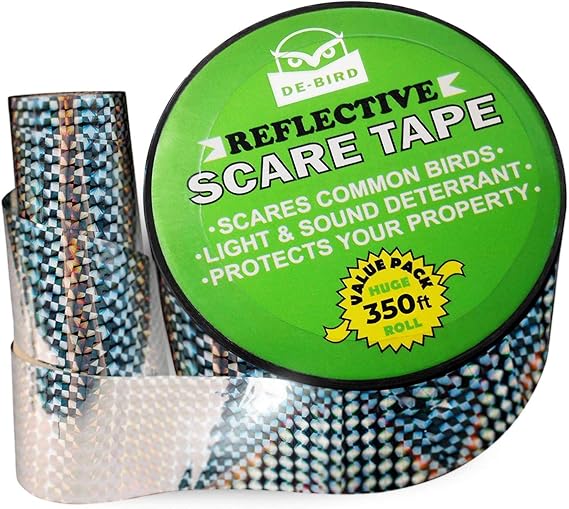
De-Bird Reflective Scare Tape For Bird
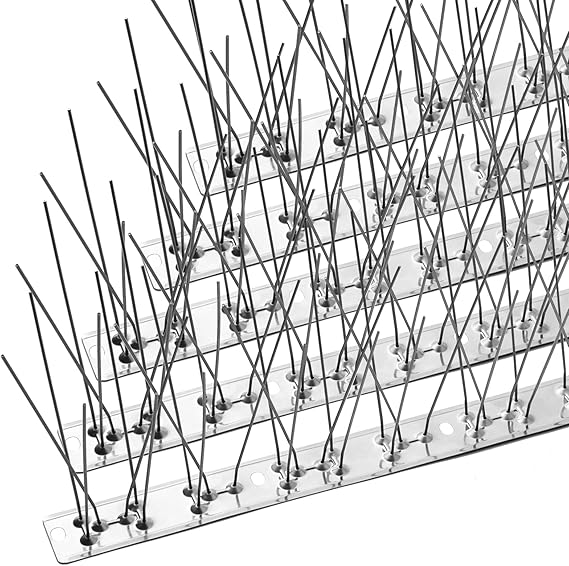
OFFO Bird Repellent Spikes
Bird-X Bird Proof Gel
"(Paid Links)" 
Understanding Woodpecker Behavior
Woodpeckers are attracted to homes for two main reasons.
Foraging for Insects
Woodpeckers often peck at wood to find insects such as ants, beetles, and termites that might be living in the siding or structure of your home.
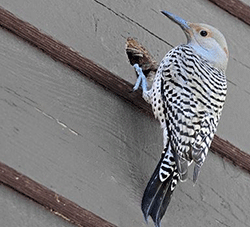
Drumming
Male woodpeckers drum on surfaces to attract mates and mark their territory. This drumming is damaging, particularly if it's happening on the exterior of your home.
Preventive Measures
Here are several effective methods to protect your home from woodpecker damage.
Install Physical Barriers
Installing physical barriers to prevent woodpeckers from accessing your home's exterior. Consider the following options.
Netting
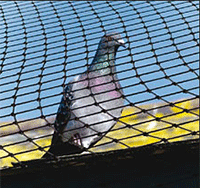
It is best to install bird netting or a wire mesh. Ensure that the netting is securely attached and extends a few inches away from the surface to prevent the birds from reaching the siding.
Metal Flashing
Attach metal flashing or sheeting to vulnerable areas. Woodpeckers are less likely to peck at metal surfaces.
Use Visual Deterrents
Woodpeckers are sensitive to visual stimuli. Utilize various deterrents to make your home less attractive to them.
Reflective Objects
Hang shiny objects such as CD discs, aluminum foil strips, or reflective tape around the problem areas. The reflections and movement can scare the birds away.
Decoys
Install predator decoys like owls or hawks near the affected areas. These can be purchased at garden centers or online and are designed to mimic the presence of natural predators.
Create Noise
Loud, sudden noises can deter woodpeckers. Consider these noise-making options.
Wind Chimes
Hang wind chimes near the areas where woodpeckers are active. The sound of chimes moving in the wind can create an environment that woodpeckers find uncomfortable.
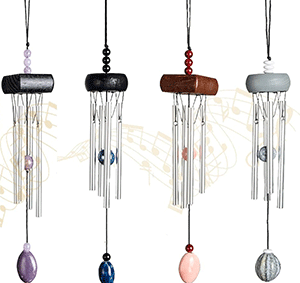
Electronic Deterrents
Some commercial bird deterrents emit sounds that are designed to repel woodpeckers. These devices can be effective if placed correctly.
Maintain Your Home
Regular maintenance can help minimize woodpecker attraction.
Inspect for Insects
Regularly check for signs of insect infestations in your home's wood structures. If you find evidence of pests, address the issue promptly with professional pest control services.
Repair Damage
Promptly repair any damage or holes in your home's siding or trim. Woodpeckers may be attracted to these areas, especially if they are already weakened.
Apply Repellent Products
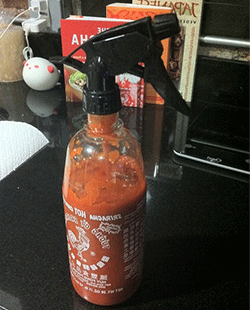
There are various repellent products available that can be applied to your home's exterior to make it less appealing to woodpeckers. These products often contain scents or substances that are unpleasant to the birds. Be sure to follow the manufacturer's instructions for application.
What to Do if Damage Occurs
If woodpeckers have already caused damage to your home, it's important to address both the damage and the underlying cause.
Repair and Inspect
Repair any damage to your home's exterior as soon as possible. This may involve patching holes, replacing damaged siding, or fixing other structural issues.
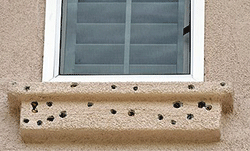
Consult Professionals
If woodpecker damage is extensive or if you're struggling to prevent further issues, consider consulting with a pest control expert or a wildlife removal specialist. They can provide additional solutions and help address any underlying problems.
Implement Long-Term Solutions
Once you've addressed the immediate issues, focus on implementing long-term deterrents and preventive measures to reduce the risk of future woodpecker damage.
Conclusion
Woodpeckers, while fascinating and beneficial to ecosystems, can pose challenges when they invade residential areas. By understanding their behavior and employing a combination of preventive measures, you can protect your home from woodpecker damage. From installing physical barriers to using visual and auditory deterrents, these strategies can help keep these persistent birds at bay and maintain the integrity of your home.
